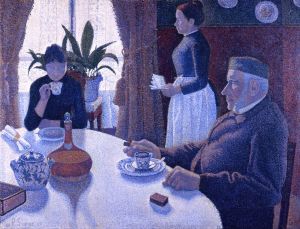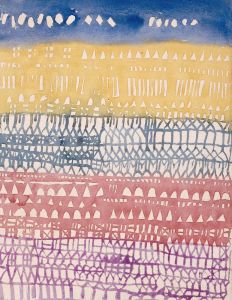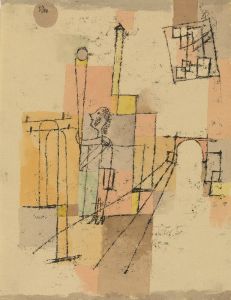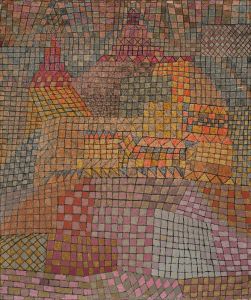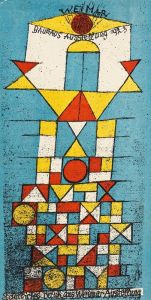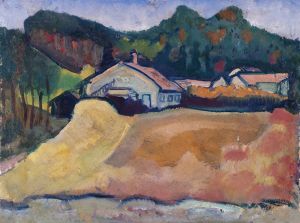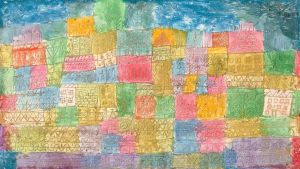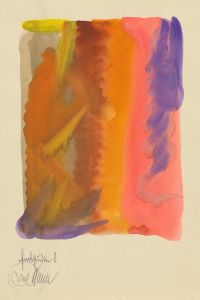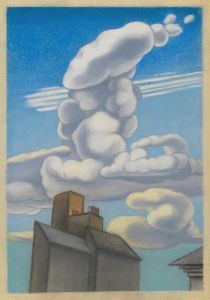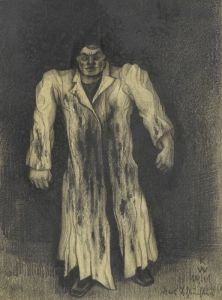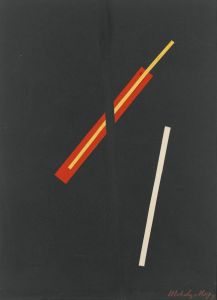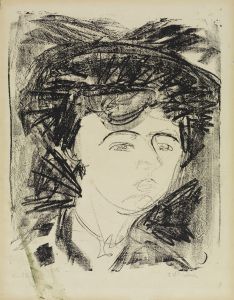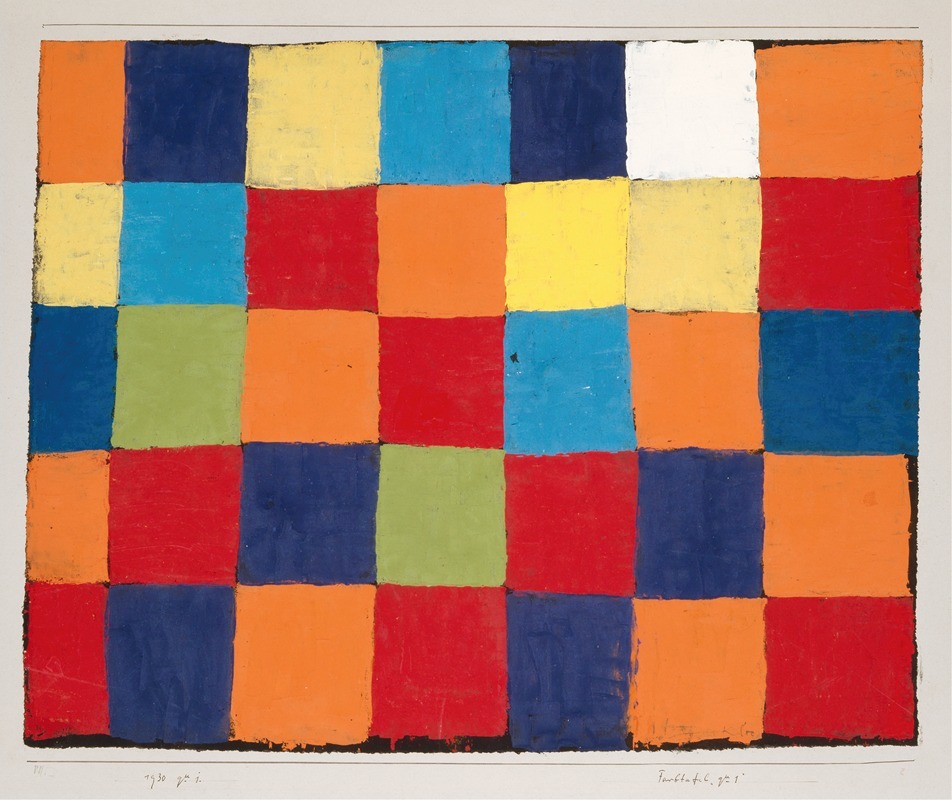
Color chart ‘Qu 1’
A hand-painted replica of Paul Klee’s masterpiece Color chart ‘Qu 1’, meticulously crafted by professional artists to capture the true essence of the original. Each piece is created with museum-quality canvas and rare mineral pigments, carefully painted by experienced artists with delicate brushstrokes and rich, layered colors to perfectly recreate the texture of the original artwork. Unlike machine-printed reproductions, this hand-painted version brings the painting to life, infused with the artist’s emotions and skill in every stroke. Whether for personal collection or home decoration, it instantly elevates the artistic atmosphere of any space.
Paul Klee's "Color Chart ‘Qu 1’" is a notable work by the Swiss-born artist, who is renowned for his unique style that blends elements of expressionism, cubism, and surrealism. Klee, born on December 18, 1879, in Münchenbuchsee, Switzerland, was a prolific painter whose work was influenced by a wide range of artistic movements and philosophies. His exploration of color theory and his innovative use of color are particularly evident in works like "Color Chart ‘Qu 1’."
Klee's career was marked by his association with the Bauhaus school, where he taught from 1921 to 1931. The Bauhaus was a revolutionary art and design school in Germany that sought to unify art, craft, and technology. During his time at the Bauhaus, Klee developed his theories on color and form, which he meticulously documented in his teaching notes. These theories were not only influential in his own work but also impacted the broader art world.
"Color Chart ‘Qu 1’" exemplifies Klee's interest in color as a fundamental element of artistic expression. While specific details about this particular work are limited, it is consistent with Klee's broader body of work, which often features abstract compositions and a vibrant palette. Klee's approach to color was systematic yet intuitive, often involving the use of grids or charts to explore the relationships between different hues.
Klee's fascination with color was partly inspired by his travels, particularly his visit to Tunisia in 1914, which had a profound impact on his perception of color and light. This experience is often credited with transforming his approach to painting, leading him to embrace a more abstract and colorful style.
Throughout his career, Klee produced over 9,000 works, each reflecting his deep engagement with color, form, and symbolism. His work often blurs the line between abstraction and figuration, inviting viewers to interpret his compositions in multiple ways. Klee's paintings are characterized by their playful yet complex use of color, often evoking a sense of whimsy and wonder.
Klee's influence extends beyond his paintings; his writings on art theory, particularly his "Pedagogical Sketchbook," have been instrumental in shaping modern art education. His ideas about the emotional and psychological effects of color continue to resonate with artists and scholars today.
In summary, while specific information about "Color Chart ‘Qu 1’" is limited, it can be understood within the context of Paul Klee's broader artistic practice. His innovative use of color and his contributions to art theory have left a lasting legacy, cementing his place as one of the most influential artists of the 20th century.





